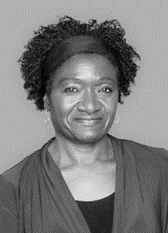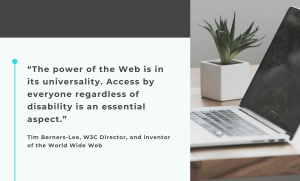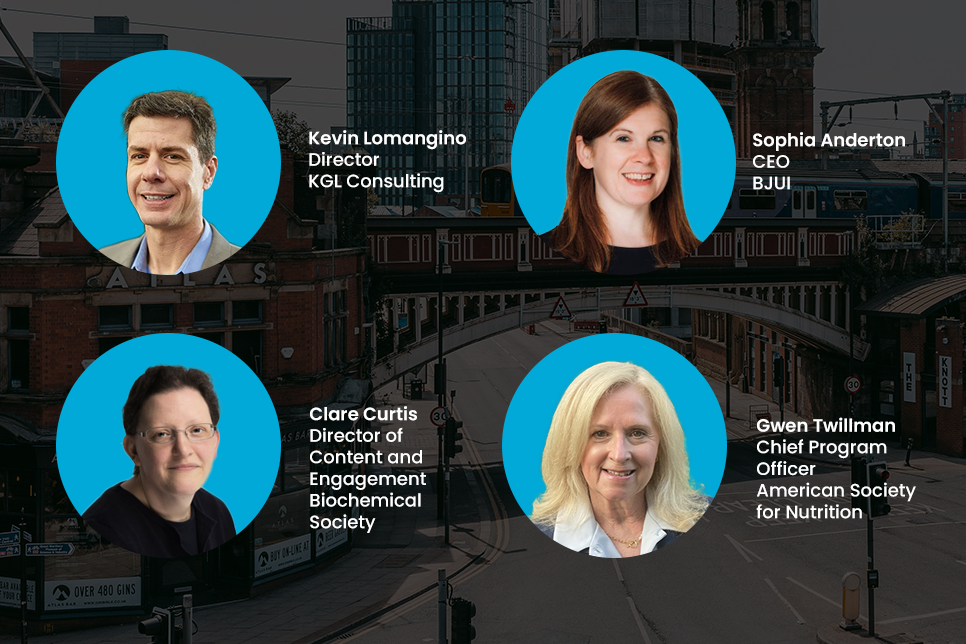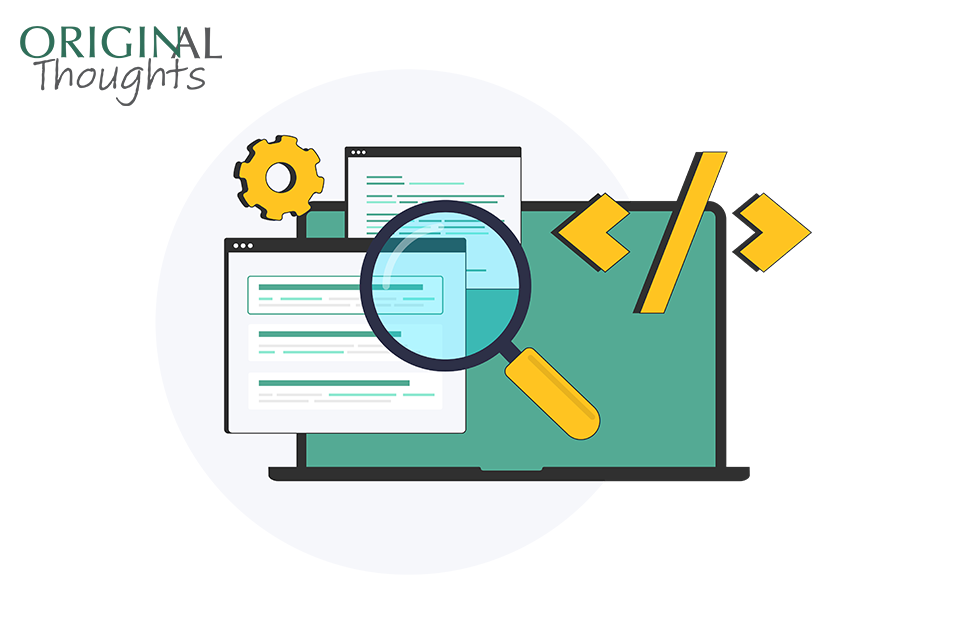First posted on the ORIGINal Thoughts Blog
Damita Snow, CAE, ENV SP
Director, Accessibility & Diversity, Equity & Inclusion Strategy, American Society of Civil Engineers
LinkedIn: linkedin.com/in/damita-snow
Orcid ID: 0000-0001-8757-6464
Take Home Points:
In preparing to write this piece, I was asked what accessibility looks like in scholarly publishing. I didn’t have to think long about my response. Accessibility is about equitable access. Any content that is available online should be accessible to anyone and everyone who wishes to receive it.
The goals of web accessibility are to allow everyone the ability to perceive, understand, navigate, and interact with the Web and be able to contribute to the Web. That’s it.
Some may wonder why publishers need to focus on accessibility. Let’s review.
Two-hundred and fifty-three million people are affected by some form of blindness and visual impairment, which amounts to 3.2% of the world’s population. (That number is more than the population of Mexico—twice.) Other important statistics include:
- Four hundred and sixty-six million people are deaf or have significant hearing loss (That is 6% of the world’s population, which is almost as much as the population of the European Union.)
- Around 200 million people have an intellectual disability, which is defined as an IQ below 75. (This represents 2.6% of the world’s population, which is more than the entire population of Brazil.)
- Seventy-five million people use a wheelchair. (This represents 1% of the world’s population, which is about twice Canada’s population.)
- In the United States alone, about 10% of the population have a medical condition that could be considered an “invisible disability.” (That’s more people than in the country of Ghana. Examples include psychological, sensory, and/or chronic illness.)
In addition, many have multiple disabilities. All these individuals are current or potential members and customers of your organization and stakeholders in scholarly publishing. The World Health Organization (WHO) has noted that “the number of people with disabilities is increasing because of the aging of the population and the increase of chronic diseases.”
Web accessibility encompasses all disabilities that affect access to websites. These disabilities include, but are not limited to:
- Auditory (hearing)
- Cognitive (mental or emotional)
- Neurological (seizure disorders, chronic headaches, etc.)
- Physical (carpal tunnel syndrome, limited mobility, etc.)
- Speech (inability to use the microphone in an online meeting, inability to verbalize, etc.)
- Visual (blind and or low vision)
As publishers, our efforts towards accessibility, such as the development of Voluntary Product Accessibility Templates (VPATs) for our websites, serve to evaluate our adherence to accessibility standards. A VPAT collects information on how accessible your site is and how well it meets Section 508 requirements. This work is not only beneficial to editorial professionals but to everyone. This fact is well-established and supported by existing examples.
Closed captioning is useful for anyone who cannot listen to a program in a noisy environment; it makes for easier viewing of foreign language films—I sometimes have a problem with understanding some accents and hearing low voices. Subtitles have helped me enjoy such films and some children learn to read more easily when they see the words as they are spoken. Sidewalk curb cuts that were intended for wheelchair users have benefited us all, from people pushing strollers to skateboarders to those riding bikes or pushing shopping carts. And it is worth noting, most of us will become disabled at some point in our lives. For instance:
- Changing abilities from illness or aging
- “Temporary” disabilities, such as a broken arm or lost glasses
- “Situational limitations,” such as bright sunlight causing a glare on a computer or phone screen
- Slow or intermittent internet connection
I am speaking from a US perspective, but other countries have similar laws, such as the European Accessibility Act (EAA) of 2025. The impact on the scholarly publishing community is being discussed and written about and will continue to evolve over time. Currently, a major concern is how the EAA will impact backfile content. I don’t know if there are any straightforward answers to that question just yet. The article also notes some free tools/simulators that can assist in this work. Apple and Microsoft products, to name a couple, have built-in accessibility features. Please know that I am aware that not everyone supports the use of simulators such as Color Oracle. I never use them to replicate anyone’s lived experience but as a tool for assessment.
Speaking of lived experiences, be sure to include people with disabilities in the website creation/redesign process, user testing, and reader surveys. People with disabilities are the largest marginalized group in the world and therefore should participate in any and all publishing conversations. Publishers can get assistance from their suppliers/vendors as well. Ask them if they have an accessibility roadmap. What have they done to make their content accessible and what will they do to ensure continued compliance. There are organizations you can reach out to for assistance such as the Accessibility Professionals Association’s LinkedIn group, International Association of Accessibility Professionals and many other advocacy groups.
ASCE’s focus on accessibility aligns with our ASCE Publications Division diversity, equity, inclusion, and accessibility (DEIA) strategic plan. Our overall goal is to “incorporate diversity, equity, inclusion, and accessibility as a central focus throughout all ASCE publications operations. And, by doing so, enhance the scholarly research community by increasing diverse representation throughout the scholarly communications environment.” Of course, our strategic plan is based on the organization’s strategic plan and core values.
We seek to learn from others and will certainly share what we have learned as we move forward in our work. You can find out more about our initiatives at the ASCE Library.
Resources
Microsoft’s Ability Summit
Web Accessibility checklist
International Association of Accessibility Professionals
Level Access
W3C Accessibility Maturity Model
How to Use the AbilityNet Digital Accessibility Maturity Model (DAMM)
DigitalA11Y: List of Podcasts on Web Accessibility
Accessibility Minute
Chax Chat







